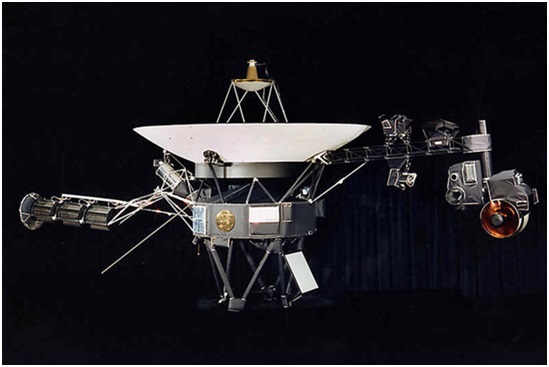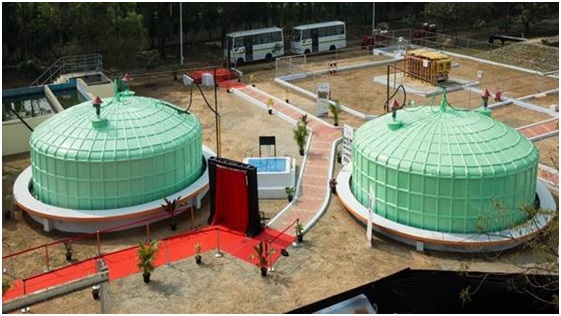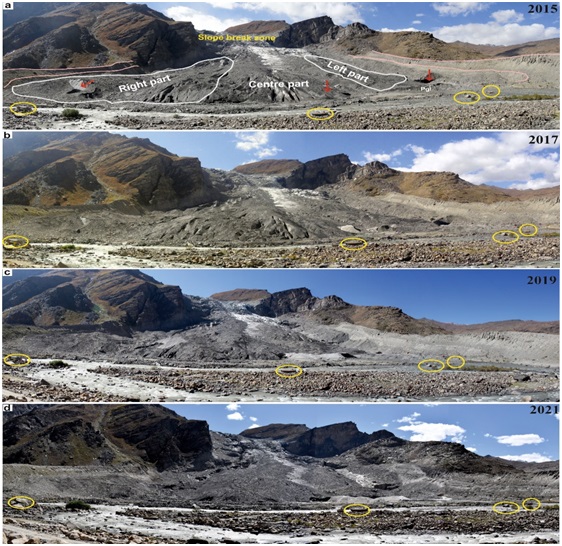Worldcoin Project (The Hindu)

- 31 Jul 2023
Why in the News?
In a recent announcement, the CEO of OpenAI officially reintroduced his Worldcoin project, which had previously taken a backseat to the widespread popularity of ChatGPT.
What is Worldcoin Project?
- The Worldcoin Project aims to establish a digital network that enables everyone to participate and claim some form of stake in the digital economy.
- The project operates on a straightforward model:
- Individuals can prove their uniqueness as humans by allowing their eyes to be scanned, and in return, they receive a cryptocurrency reward and an identification called a "World ID."
- Worldcoin relies on a device called "Orb," which is used by volunteers known as "Orb operators."
- These operators scan a person's iris pattern to collect their biometric data and facilitate the issuance of a World ID through the World app.
- Participants who have been scanned can use the World app to receive the Worldcoin cryptocurrency at regular intervals or engage in transactions using their World ID wherever applicable.
- This process, known as "proof of personhood," ensures that individuals cannot register multiple times to gain more crypto rewards.
Voyager 2 Spacecraft (HT)

- 31 Jul 2023
Why in the News?
NASA’'s Voyager 2 spacecraft, which is venturing through space between stars, faces communication problems due to antenna misalignment. .
About Voyager 2 Spacecraft:
- Voyager 2 is an iconic interplanetary spacecraft launched by NASA on August 20, 1977, with the primary objective of exploring the outer planets of our solar system.
- It is part of the Voyager program, and along with its twin, Voyager 1, it has provided invaluable insights into the distant regions of our cosmic neighborhood.
- The spacecraft is equipped with a suite of scientific instruments to study various aspects of the planets it encounters, including their atmospheres, magnetic fields, and planetary surfaces.
- Voyager 2 successfully conducted close flybys of Jupiter in 1979, Saturn in 1981, Uranus in 1986, and Neptune in 1989, becoming the first and only spacecraft to visit these four giant gas planets.
- Beyond its initial mission, Voyager 2 continues to be operational and remains in communication with Earth, traveling at an impressive speed of approximately 34,000 miles per hour (55,000 kilometers per hour).
- It has since left the heliosphere, the region influenced by the Sun's magnetic field, and entered interstellar space, becoming the second human-made object to do so after Voyager 1.
- Throughout its journey, Voyager 2 has provided a wealth of data and discoveries about the outer planets and their moons, as well as valuable information about the space environment outside the solar system.
- It has captured breathtaking images of planetary systems, revealing the beauty and complexity of the outer planets and their fascinating moons.
- The spacecraft continues to be a remarkable testament to human ingenuity and curiosity as it ventures farther into the cosmos, providing us with an enduring legacy of exploration and knowledge about our celestial neighbors.
GOBARdhan Initiative (PIB)

- 31 Jul 2023
Why in the News?
Recently, Union Minister for Jal Shakti has launched the Unified Registration Portal for GOBARdhan.
About GOBARdhan Initiative:
- GOBARdhan (Galvanizing Organic Bio-Agro Resources Dhan) initiative was launched in 2018.
- Aim:
- The primary goal of the initiative is to convert waste to wealth by promoting a circular economy.
- Nodal Ministry:
- The GOBARdhan Initiative is under the Department of Drinking Water and Sanitation, Ministry of Jal Shakti.
- Gobardhan is an integral part of Swachh Bharat Mission (Gramin) Phase II, focusing on Solid Waste Management.
- Objectives:
- To assist villages in safely managing their cattle and agricultural waste, leading to cleaner villages.
- To help communities convert cattle and organic waste into wealth using treatment systems.
- To transform organic waste, especially cattle waste, into biogas and organic manure for utilization in rural areas.
- To promote environmental sanitation and control vector-borne diseases by effectively disposing of waste in rural regions.
- To create employment and income-generation opportunities in rural areas by involving entrepreneurs, Self-Help Groups (SHGs), and youth groups in setting up, operating, and managing GOBARdhan units.
- Financial Incentive:
- The Government of India provides technical assistance and financial support of up to 50 lakhs for each district to achieve the safe disposal of cattle and organic waste as part of the initiative.
ULLAS Initiative (PIB)

- 31 Jul 2023
Why in the News?
In New Delhi, the logo, slogan "Jan Jan Sakshar," and mobile application of ULLAS were recently unveiled by Shri Dharmendra Pradhan, the Union Minister of Education and Minister of Skill Development and Entrepreneurship.
About the ULLAS Initiative:
- The ULLAS (Understanding Lifelong Learning for All in Society) initiative, holds the potential to revolutionize education and literacy nationwide.
- Its primary objective is to create a learning ecosystem that reaches every individual, bridging the gaps in basic literacy and essential life skills.
- Targeting citizens aged 15 and above who missed the opportunity to attend formal schooling, the initiative imparts basic education, digital and financial literacy, and critical life skills.
- Implementation is driven by volunteerism, emphasizing community participation.
- The slogan of the initiative is "ULLAS: Nav Bharat Saksharta Karyakram."
- To support its goals, the ULLAS app was launched, designed with user-friendliness and interactivity in mind.
- Available on both Android and iOS platforms, the app serves as a digital gateway for learners to access a diverse range of learning resources through the DIKSHA portal of NCERT.
- The ULLAS app facilitates the registration of learners and volunteers, either through self-registration or with the assistance of surveyors.
- Significance:
- This app plays a crucial role in promoting functional literacy, vocational skills, and vital life skills such as financial literacy, legal literacy, digital literacy, and empowering citizens to actively participate in nation-building efforts.
- Furthermore, the ULLAS Initiative nurtures a culture of continuous learning and knowledge-sharing within communities across India, fostering a brighter future for the nation.
Parkachik Glacier (Indian Express)

- 31 Jul 2023
Why in the News?
According to a recent study by scientists from the Wadia Institute of Himalayan Geology, the rapid ice melt of the Parkachik Glacier in Ladakh is anticipated to lead to the formation of three glacial lakes.
Regarding the Parkachik Glacier:
- The Parkachik Glacier, stretching 14 km in length and covering approximately 53 square km, stands as one of the largest glaciers in the Suru River valley.
- This valley is situated within the southern Zanskar Ranges of the western Himalayas.
- The glacier's accelerated melting can be attributed to two primary factors.
- Firstly, the effects of global warming and rising temperatures in the area contribute to this phenomenon.
- Secondly, its lower altitude compared to other glaciers in the Zanskar region also plays a significant role in the rapid melting process.
- Also, its relatively lower altitude compared to other glaciers in the Zanskar region contributes to its vulnerability to melting.
Important details about the Zanskar Ranges:
- Location:
- Zanskar is a high-altitude semi-desert situated on the Northern flank of the Great Himalayan Range.
- Climatic Influence:
- The Zanskar Ranges serve as a climatic barrier, shielding Ladakh and Zanskar from much of the monsoon weather. Consequently, the region experiences a pleasantly warm and dry climate during the summer months.
- Flora:
- The lower reaches of Zanskar's valleys harbor most of its vegetation, primarily consisting of alpine and tundra species.
- Fauna:
- Zanskar is home to diverse wildlife, including marmots, bears, wolves, snow leopards, kiangs (Tibetan wild asses), bharals (Himalayan blue sheep), alpine Ibex, wild sheep and goats, and the impressive lammergeier, also known as the bearded vulture.
